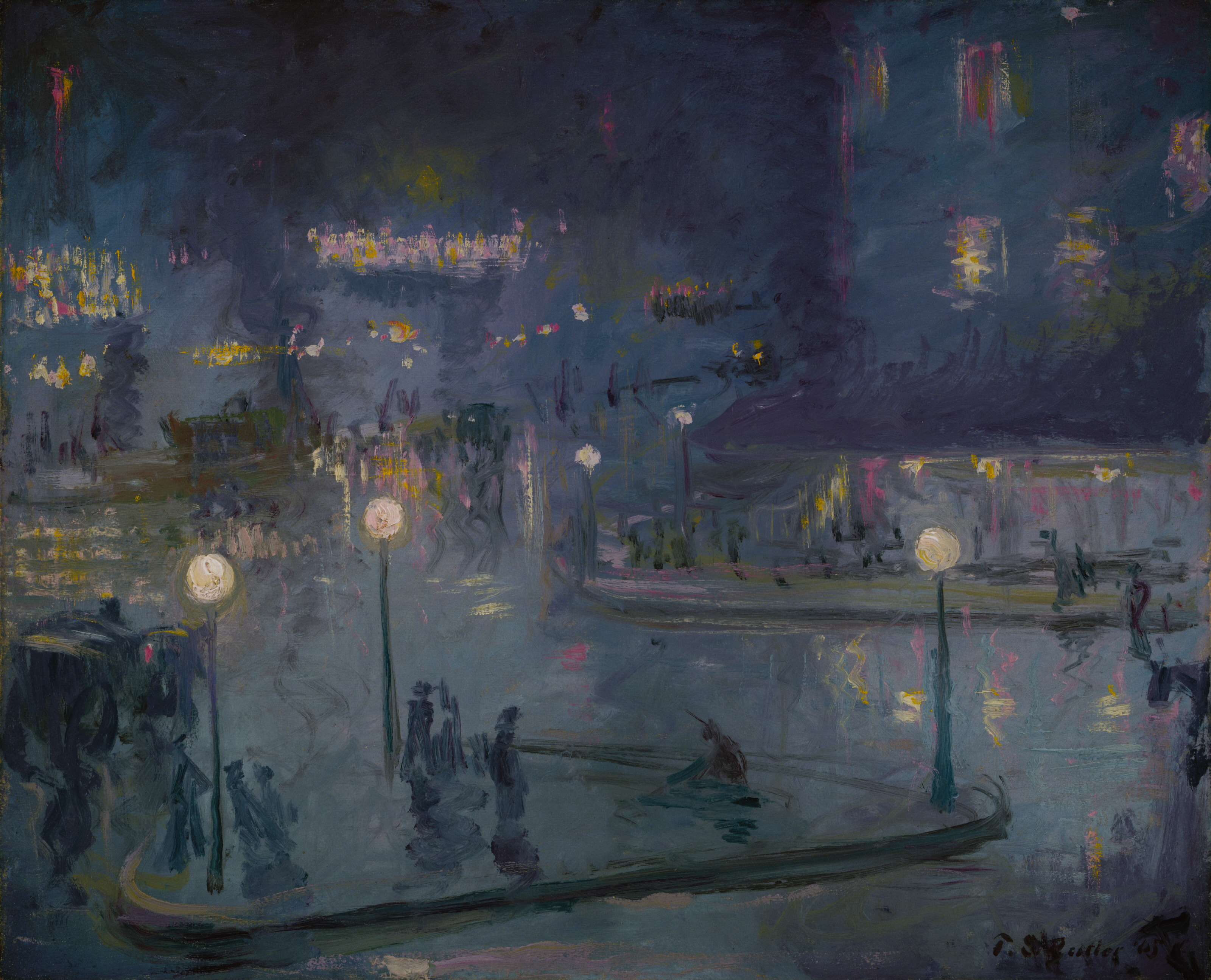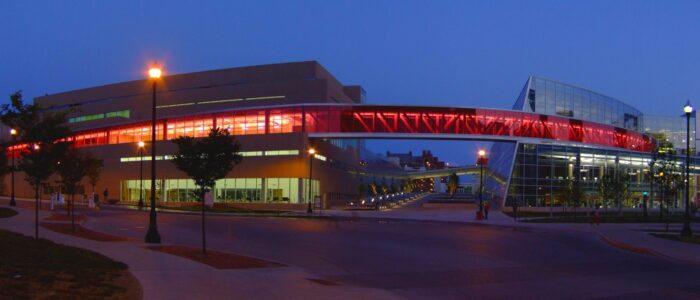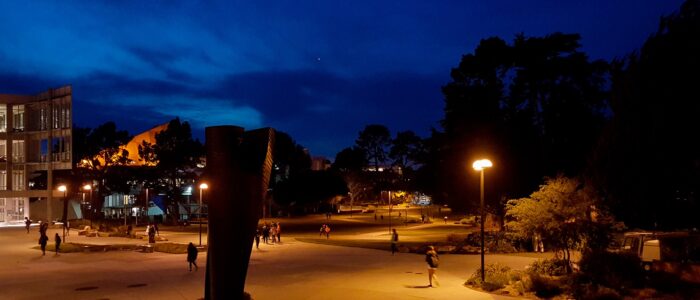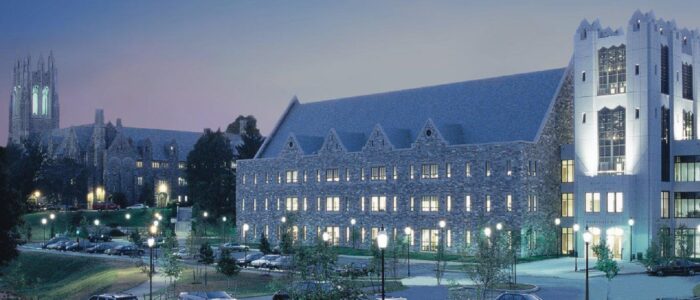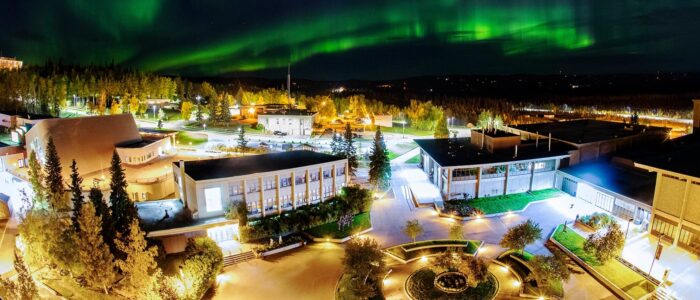Power-Over-Ethernet (PoE) lighting refers to use of an ethernet cable to power light fixtures (luminaires) and to transmit data between the LED luminaire and the control software. One cable — typically Cat 5/6 — can supply power (at 25 VDC or less) and can also control the LED fixtures attached to the network. When the ethernet cable is plugged into the fixture it receives driving power and is also assigned a unique IP address. Data can be collected from attached devices – such as motion sensors – to prompt specified lighting commands. As long as you have compatible fixtures attached to the Ethernet cable, you can control dimming, timing, sensors, lighting colours, daylight harvesting, etc.; thereby contributing mightily to the sustainability agenda of the education facility industry and all others.
Lighting system energy typically consumes the largest proportion of energy — on the order of 25 to 40 percent — in a “typical” building.
1.1 These requirements apply to low voltage lighting systems and components intended for permanent installation and for use in locations in accordance with the National Electrical Code, NFPA 70, Article 411.
1.2 These requirements cover:
a) Power units in which output is limited to 25 A and below the risk of electric shock voltage levels as defined in 3.19; and
b) Class 2, exposed bare conductor, POE, and other low-voltage luminaires and lighting systems.
1.3 These requirements do not cover low-voltage luminaires with integral power supplies or luminaires covered by other standards such as, but not limited to, the Standard for Portable Electric Luminaires, UL 153, the Standard for Track Lighting Systems, UL 1574, or the Standard for Luminaires, UL 1598.
1.4 Light emitting diode (LED) components and subassemblies integral to a low voltage luminaire or power unit covered by this standard shall comply with the applicable requirements of the Standard for Light Emitting Diode (LED) Equipment for Use in Lighting Products, UL 8750.
The proposed changes to UL 2108 appear in the redline linked below
Comments are due November 24th.
UL has recently upgraded its public commenting facility linked here: CSDS Work Area: You may key in your comments here — CSDS Work Area: — with optional copy to psa@ansi.org
As a product safety conformity organization, UL consensus products affect most technologies present in education facilities so we place their products on the standing agenda of our Electrical and Telecommunication twice monthly teleconferences. See our CALENDAR for the next online meeting; usually on the same day we collaborate with the IEEE Education & Healthcare Facilities Committee.
Issue: [16-137]
Issue: Electrical, Telecommunication, Information & Communication Technology
Colleagues: Mike Anthony, Jim Harvey, William McCoy



